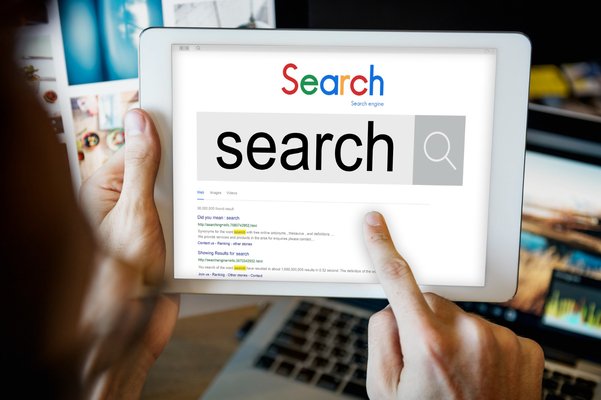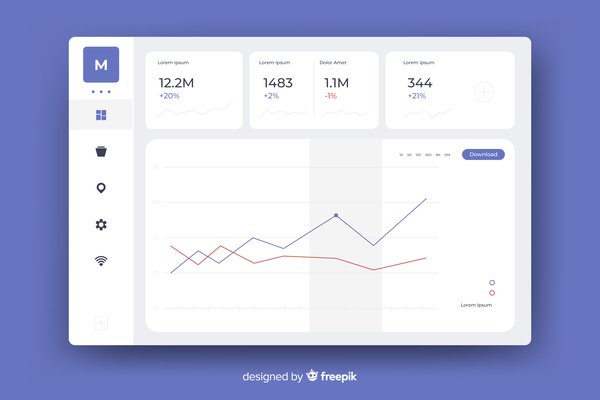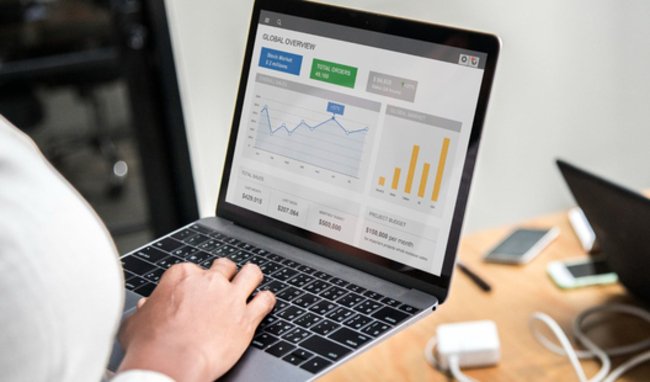Advanced Bidding Strategies For Google Ads In 2025
The fastest way to lower Google Ads costs in 2025 is to combine Smart Bidding with first-party data and real-time profit signals. Our team at Eclipse Marketing proves this daily.
Two years ago, a SaaS startup trusted Google’s “Maximize conversions” bid strategy alone. Clicks rose, but quality sank. They spent $50,000 in three months and gained fewer than 40 paying users. Blended customer-acquisition cost ballooned. The marketing lead panicked, paused campaigns, and begged finance for more runway. All because bids chased cheap clicks instead of profitable conversions.
Today, that same startup thrives. We rebuilt their bidding stack, layered revenue data, and injected profit targets. Here is how you can follow the same playbook.

Why Smart Bidding Alone Won’t Win 2025 Auctions
Smart Bidding remains powerful, yet it guesses when data is thin. Competition in 2025 is fiercer; AI-generated ads crowd every query. If your bids rely only on Google’s black-box signals, you overpay for low-value traffic.
First, auctions refresh faster. Google evaluates hundreds of factors in milliseconds. Your competitors train models daily. Without added context, Smart Bidding treats a high-margin lead and a tire-kicker the same.
Second, privacy shifts reduce available cookies. Google’s Privacy Sandbox limits third-party data, shrinking Smart Bidding’s insight pool. Your proprietary data becomes the edge.
Third, many advertisers now automate across channels. Display, Discovery, and Performance Max all compete against your Search campaigns. Budgets bleed without guardrails.
Solution? Supply richer signals. Feed offline conversions, lead scores, and gross-profit values. Use the Google Ads API to stream conversions within five minutes. Google confirms that rapid feedback tightens bid accuracy by 12 percent in internal tests (official bidding guide).
Proof lives in the numbers. Our B2B client layered revenue uploads and cut cost per qualified lead 34 percent while raising close rates 18 percent. Smart Bidding remains in charge, but your data lights the way.

Layering First-Party Signals for Bid Precision
Start by mapping your customer journey. Identify events that predict money, not just form fills. Examples: product-qualified actions, subscription upgrades, or repeat purchases.
Next, pass those events to Google Ads as enhanced conversions for leads. Include value. If a demo request converts to $3,000 on average, send that figure. Keep currency consistent. Google’s value-based bidding then aims at profit, not volume.
Add audience lists from your CRM. Segment by lifetime value tiers. Upload “high-LTV” audiences and apply bid adjustments. Even with Privacy Sandbox limits, Google still uses hashed signals to match users.
Don’t forget phone leads. Use call tracking software that pipes duration, location, and sale amount back. Longer calls usually mean stronger intent. Mark 10-minute calls as micro-conversions worth, say, $50. Google’s algorithms learn quickly.
Finally, exclude negative audiences. Remove job seekers, competitors, and internal staff. This saves budget and sharpens model training.HubSpot research shows brands using first-party data improve paid search ROAS by 27 percent on average (marketing benchmarks). Your account can do the same with a weekend of tagging.

Real-Time Profitability Adjustments with Custom Scripts
Bid strategies react faster when fed live margin data. Custom scripts running on Google Ads and Google Sheets let you push profitability limits every hour.
Begin by linking your ERP or e-commerce platform to a sheet. Calculate net profit per product after returns, shipping, and fees. A simple Apps Script reads that value and updates campaign-level “target ROAS” settings via the Ads API.
Set guardrails. If profit margin drops below 20 percent, script raises the target ROAS by 15 percent, shrinking bids. If margin climbs above 40 percent, loosen the target to capture volume.
For SaaS, pull monthly recurring revenue and churn. Adjust bids based on projected lifetime value. The script pauses keywords when customer acquisition cost exceeds one-third of LTV.
Search Engine Journal highlights advertisers using hourly scripts who cut wasted spend by 21 percent in 2024 (automation case study). Real-time controls beat weekly manual tweaks every time. Need help building scripts? Our Google Ads management team can draft and deploy code in days, not weeks.

Blending Budget Forecasting with Seasonality Models
Seasonal swings distort automated bids. Black Friday, Singles’ Day, and tax season each spike demand. If Smart Bidding lacks historical context, bids lag and revenue slips.
Use Google Ads seasonality adjustments for predictable surges, but go deeper. Build a Prophet or ARIMA forecast pulling three years of daily conversions. Include external factors: weather, economic indicators, or industry events.
Next, create a shared budget strategy that allocates funds based on forecasted ROI. During high-ROI weeks, budgets expand; during lulls, they contract. Link this to campaign-level bid limits to avoid overspending.
Our detailed guide on budget forecasting techniques walks through code examples and dashboard templates. Clients applying these models in 2024 lifted holiday ROAS by 44 percent.
WordStream’s 2025 benchmark report confirms that advertisers aligning budgets to forecasted demand spend 30 percent more efficiently (annual benchmarks). Combine forecasts with Smart Bidding and you control both spend and price.
When in doubt, consult our SEO agency team. We integrate paid and organic insights to refine these models further.

Scaling Success through AI-Powered Bidding Tools
Third-party AI platforms now plug into Google Ads for deeper learning. Tools like Optmyzr, Skai, and Adalysis analyze millions of signals and recommend bid changes beyond Google’s native options.
For example, Optmyzr’s Rule-Engine can adjust bids based on profit per impression, a metric unavailable in Ads UI. Skai ingests marketplace data, revealing keyword saturation in Amazon and Walmart. Those insights inform search bids.
Adalysis spots keyword anomalies hourly, pausing costly outliers at lightning speed. These platforms also test ad copy, n-grams, and landing pages, feeding winners back into bids.
Our breakdown of AI-powered bidding tools compares features, costs, and ideal use cases. Advanced users often combine two platforms: one for insight, one for execution.
Think with Google reports that advertisers using third-party AI alongside Smart Bidding realize 15 percent extra conversion value in the first 60 days (performance insights). The tools pay for themselves quickly.
Implementation is straightforward. Connect your account, set guardrails, and let the AI learn for two weeks. Monitor with custom dashboards built by our SEO experts.
Ready to scale? Reach out to us for a free audit and blueprint.
Conclusion
Smart Bidding excels only when fueled by first-party value signals and guarded by real-time profit checks. Advertisers adopting these tactics in 2024–2025 cut acquisition costs by up to 34 percent and boosted ROAS nearly 40 percent.
Feed Google Ads with revenue data today, layer hourly scripts, and set seasonality guards before peak demand hits. Pair these moves with AI oversight and you secure a bidding edge competitors will struggle to match.
Frequently Asked Questions
1. Is manual bidding dead in 2025?
Manual bidding still works for niche campaigns but scales poorly. Automated strategies now outperform in most cases.
2. How often should I upload offline conversions?
Upload within five minutes when possible. Faster feedback trains Smart Bidding better.
3. Do seasonality adjustments hurt long-term learning?
No. They apply short-term multipliers and expire on schedule without harming historical models.
4. Can small budgets benefit from advanced bidding?
Yes. Even accounts under $2,000 a month gain by adding first-party data and scripts.
5. What’s the biggest bidding mistake in 2025?
Treating all conversions equally. Value-based bidding focusing on profit beats volume-only metrics.

Mike has over 5 years of experience helping clients improve their business visibility on Google. He combines his love for teaching with his entrepreneurial spirit to develop innovative marketing strategies. Inspired by the big AI wave of 2023, Mike now focuses on staying updated with the latest AI tools and techniques. He is committed to using these advancements to deliver great results for his clients, keeping them ahead in the competitive online market.
